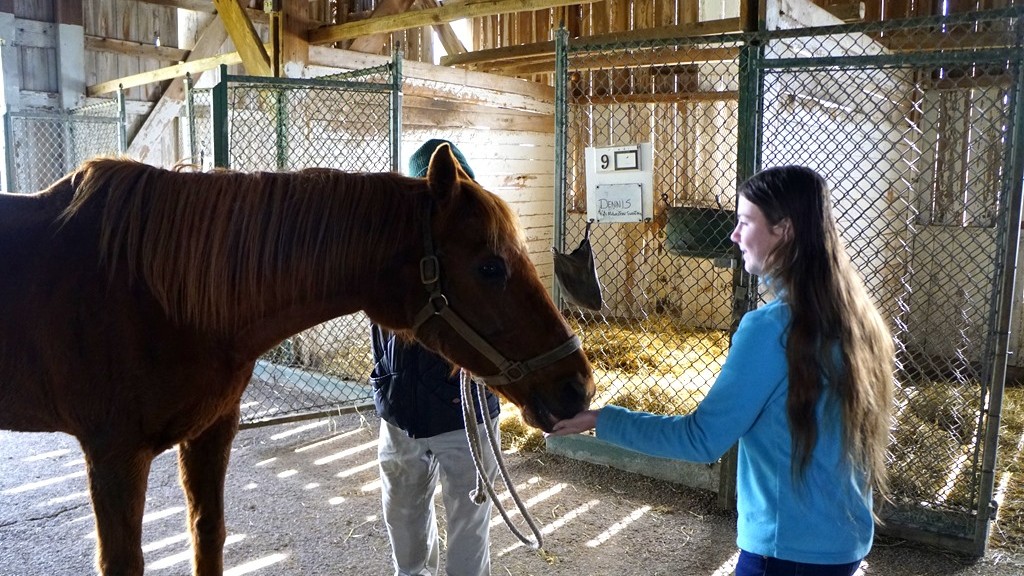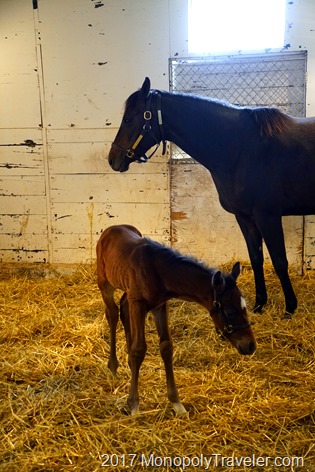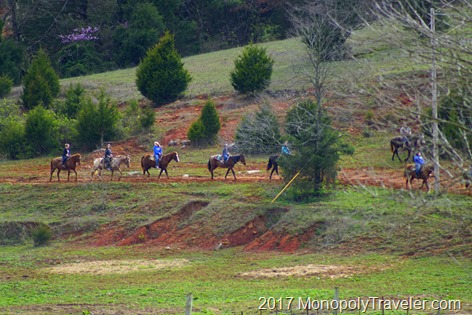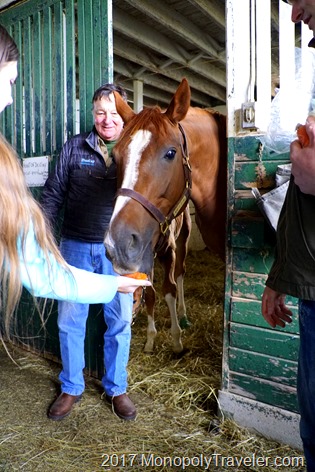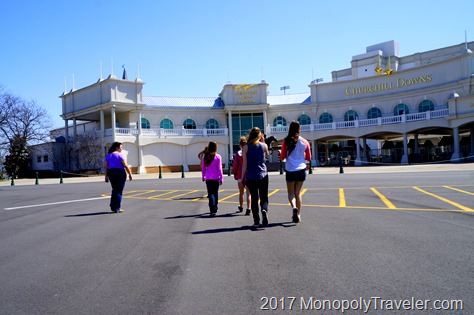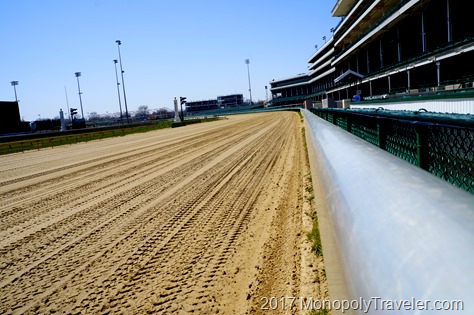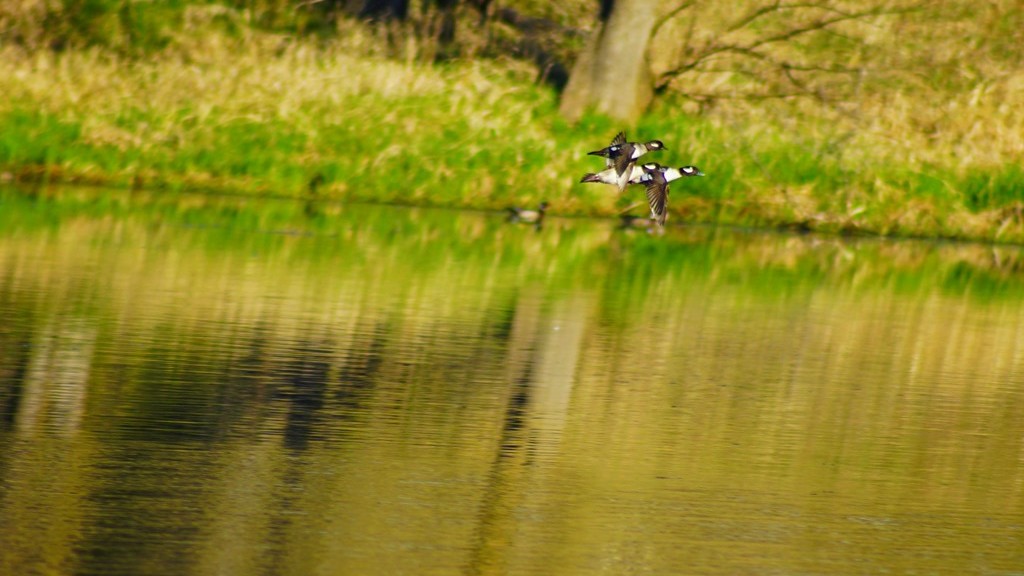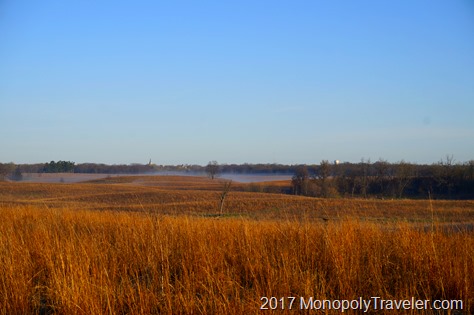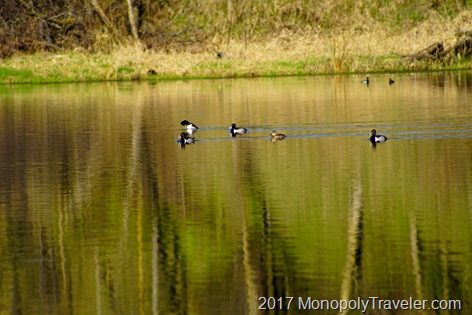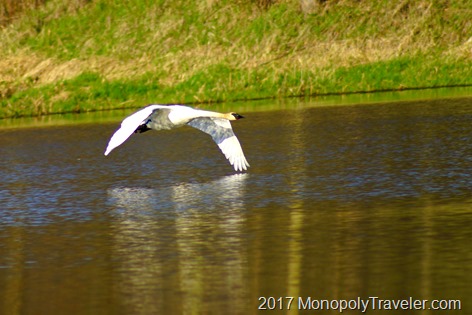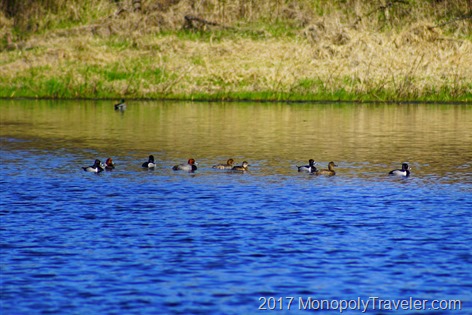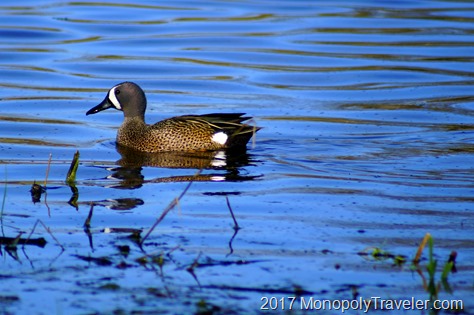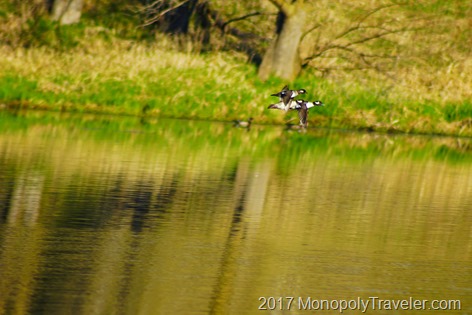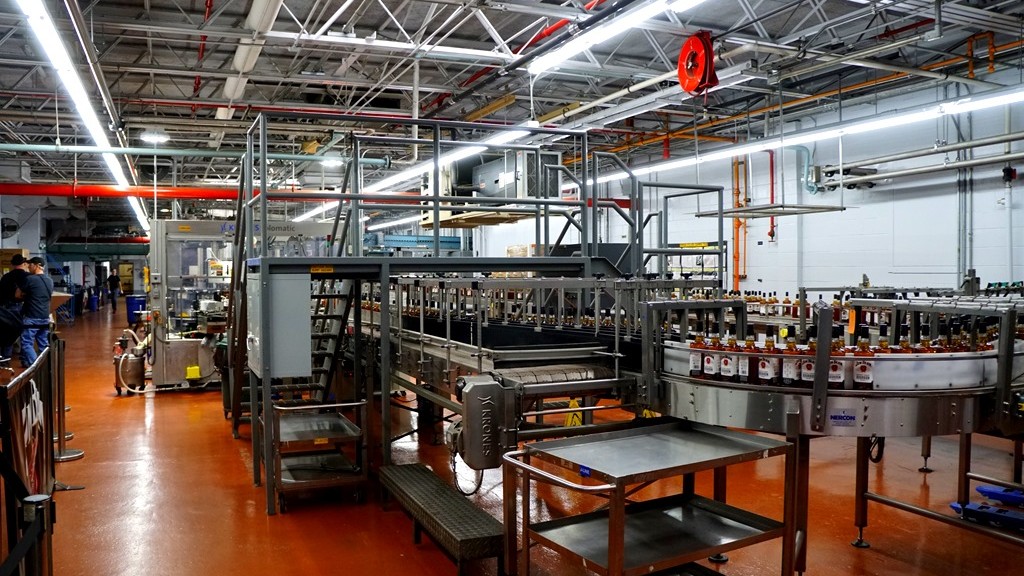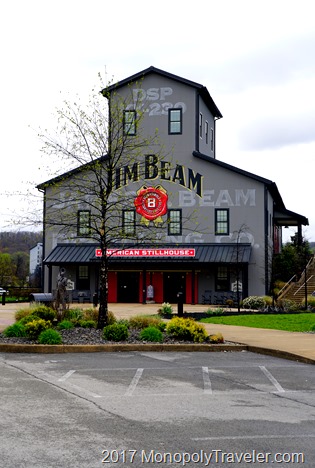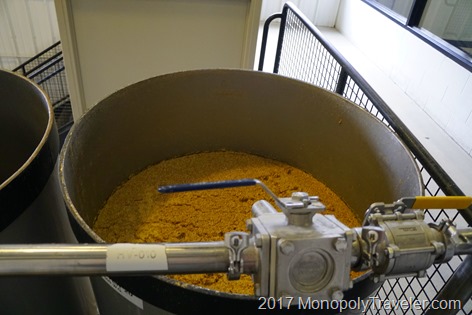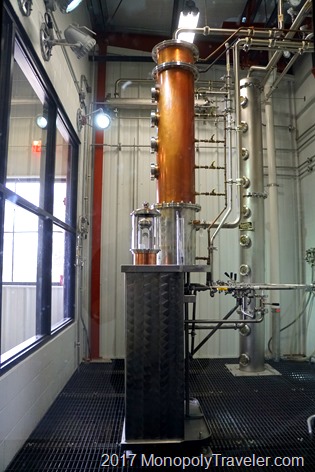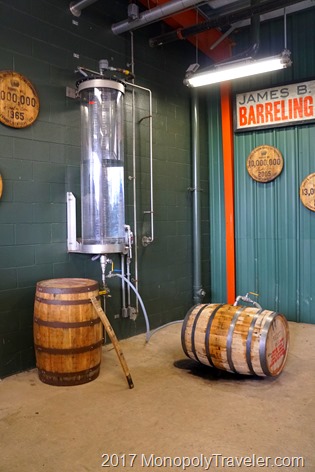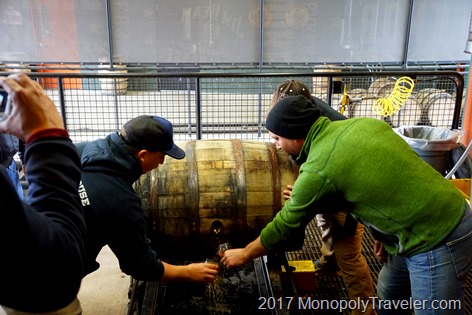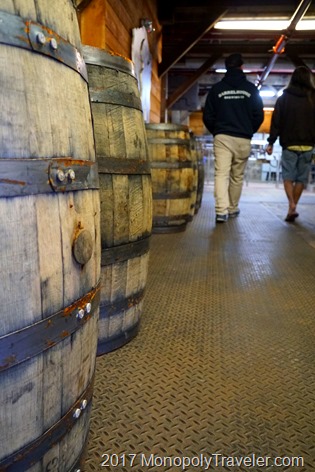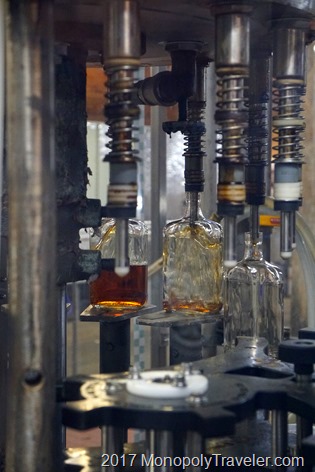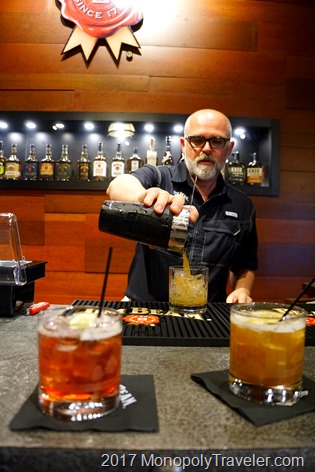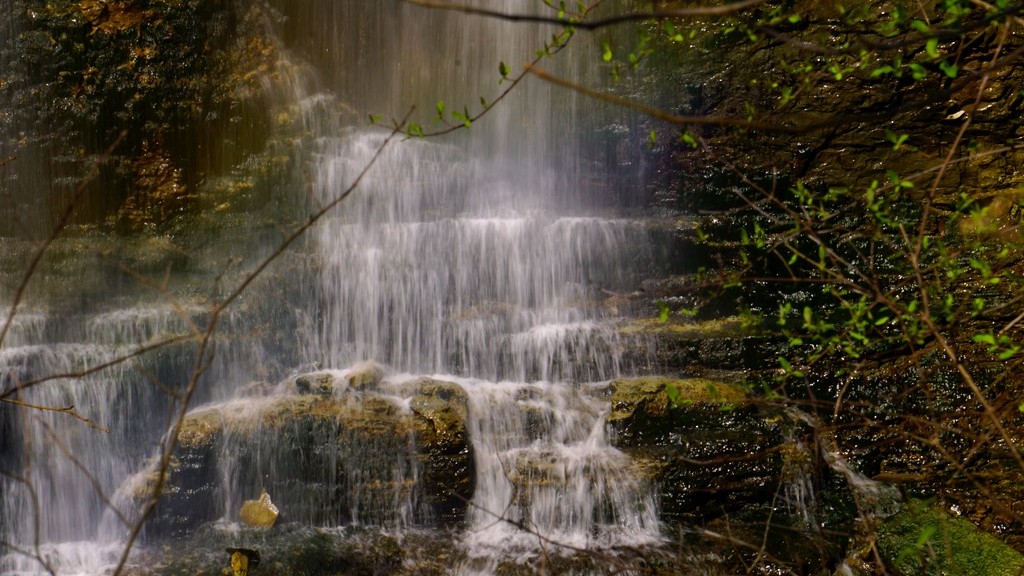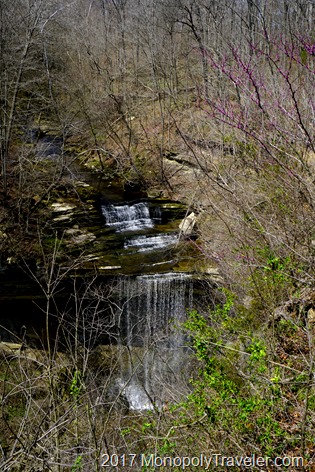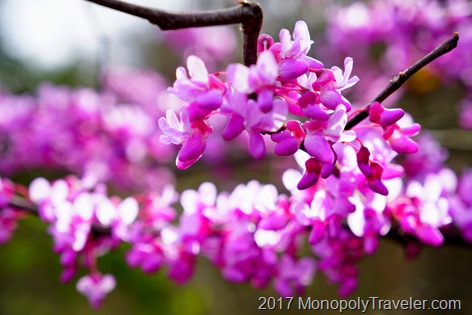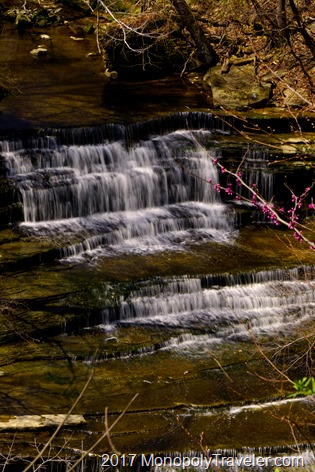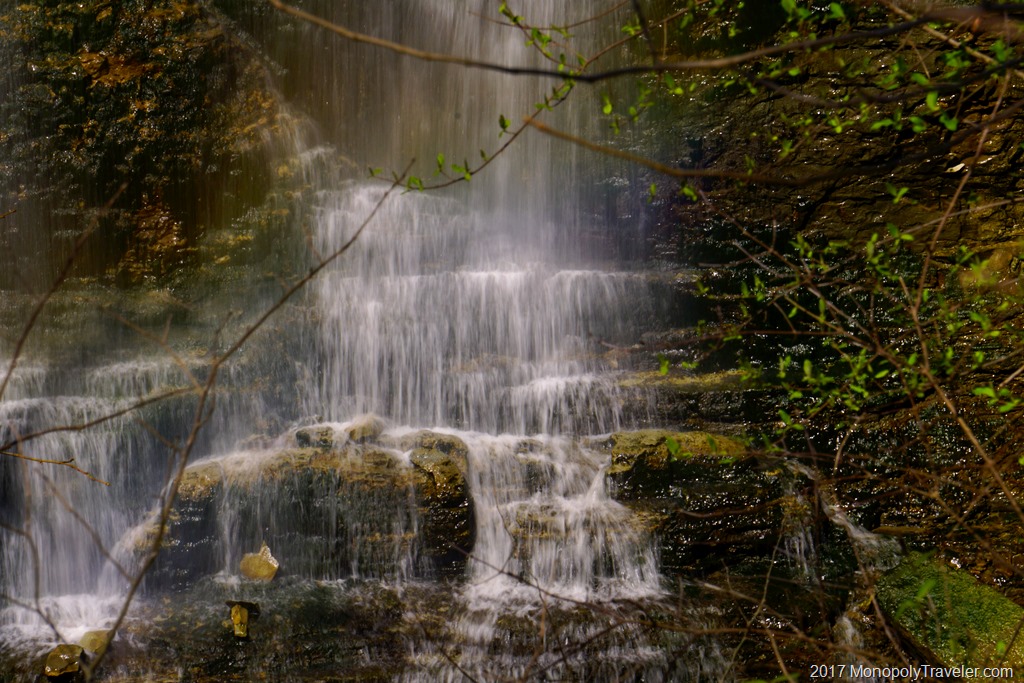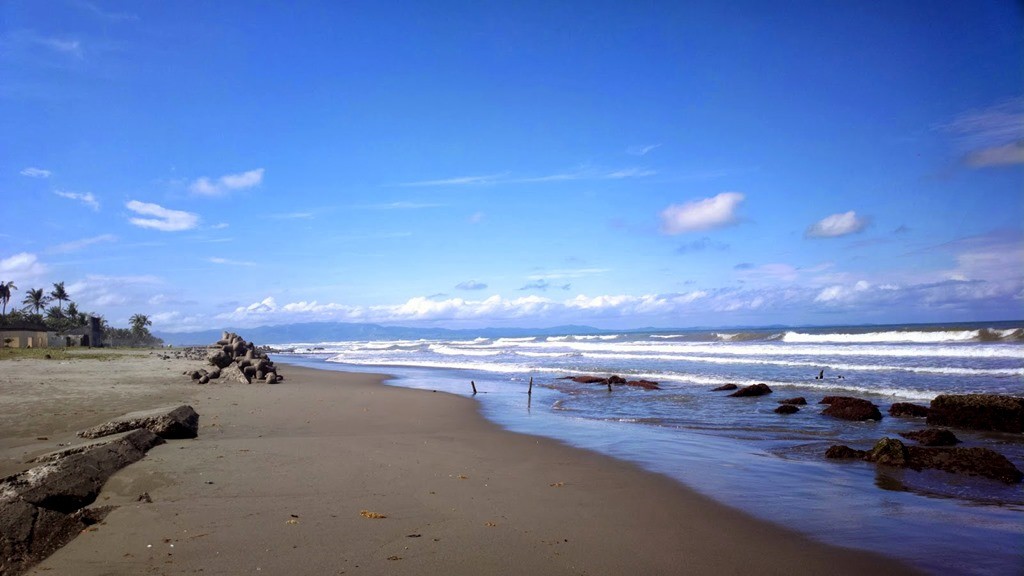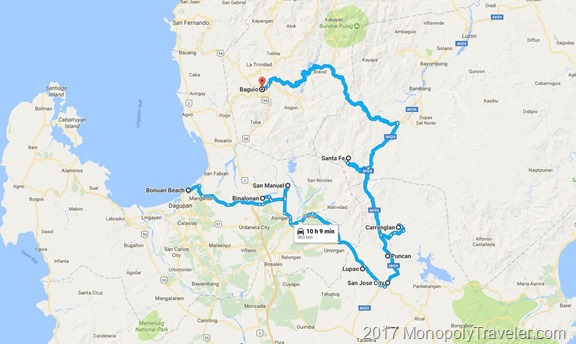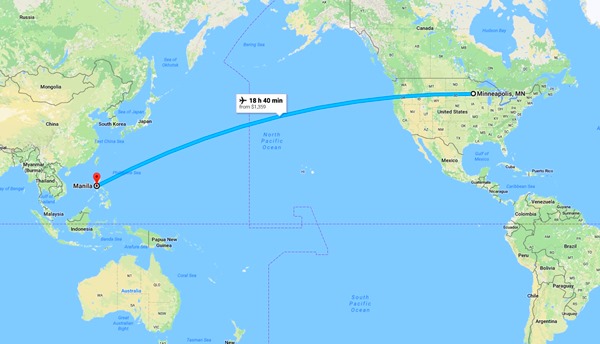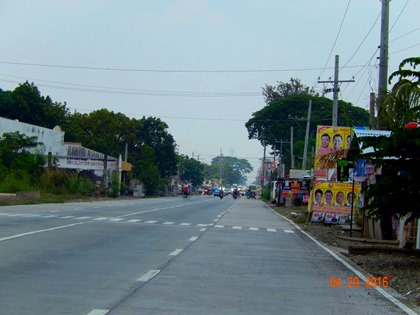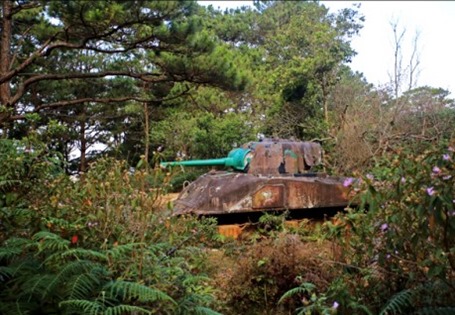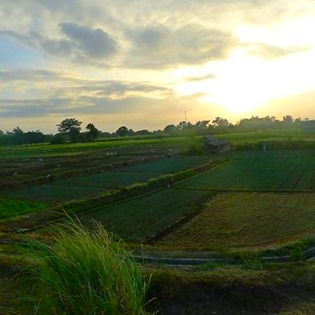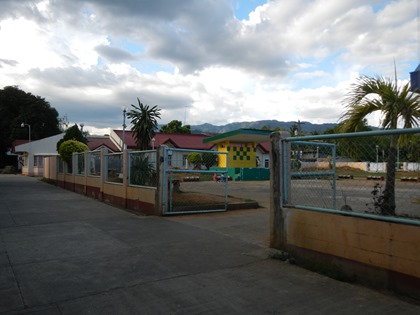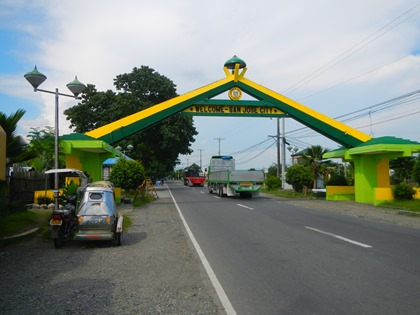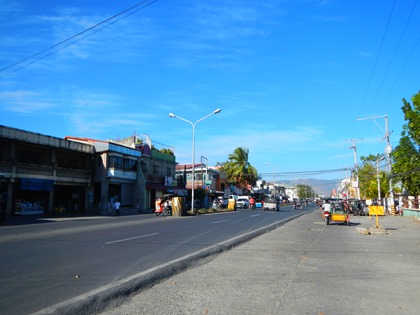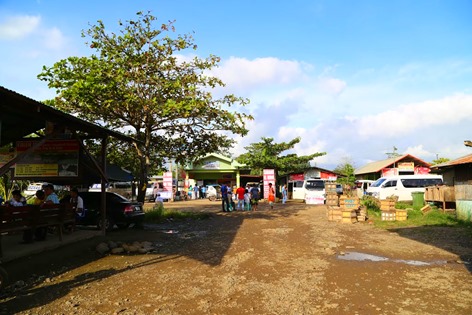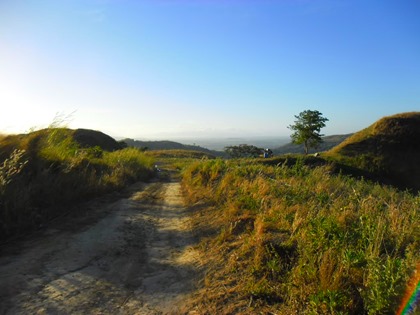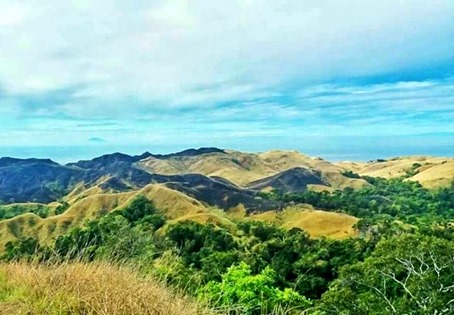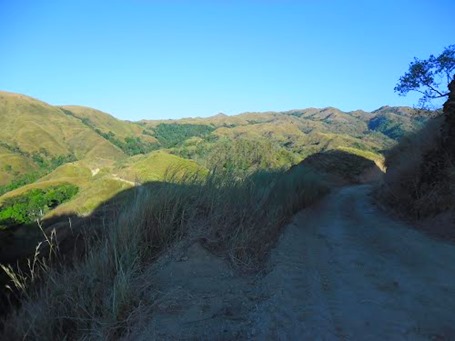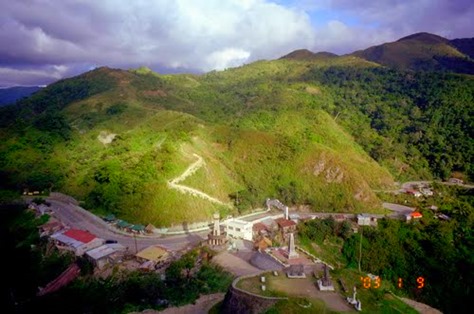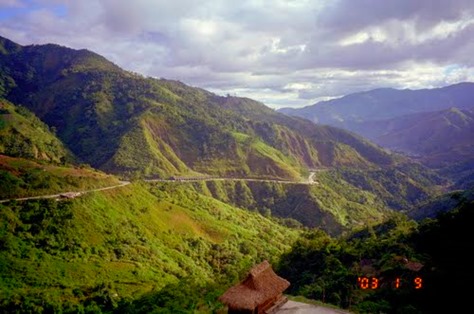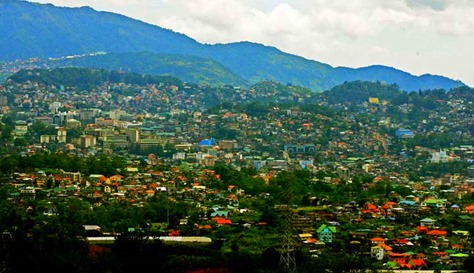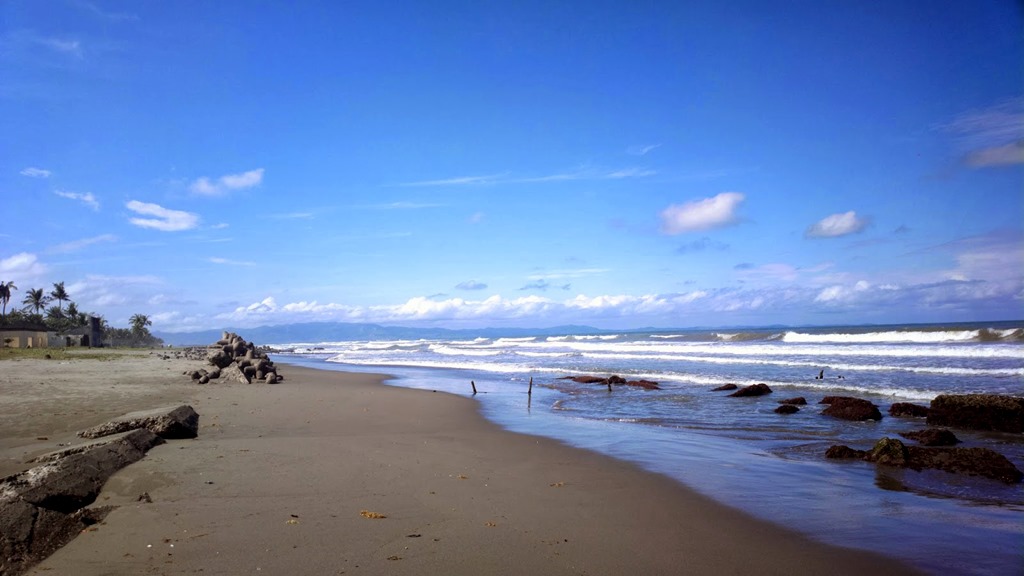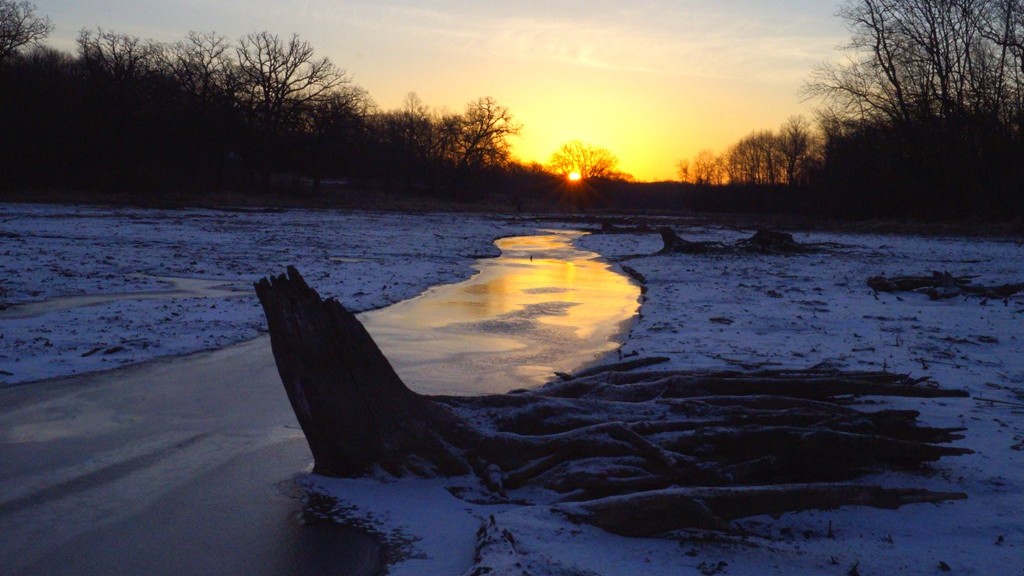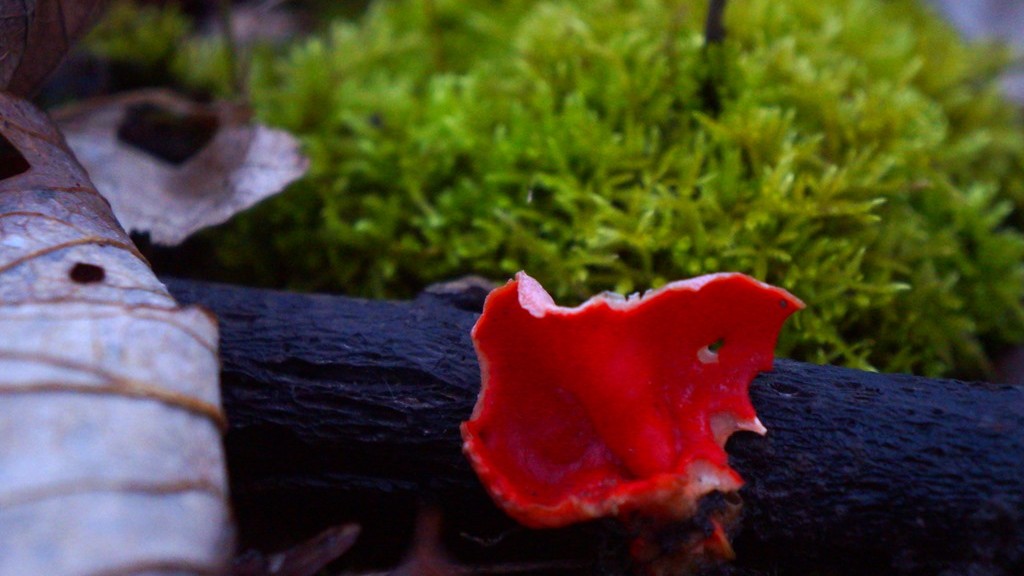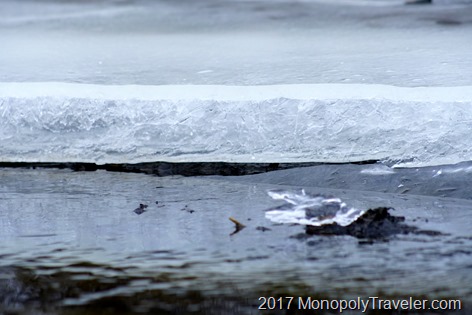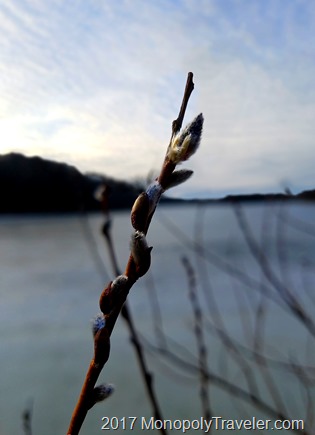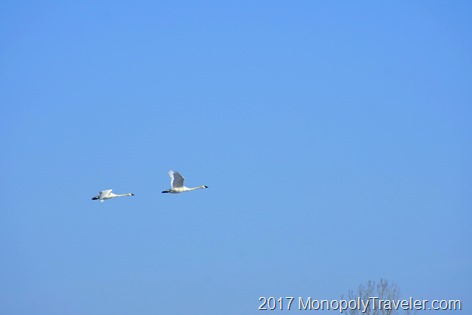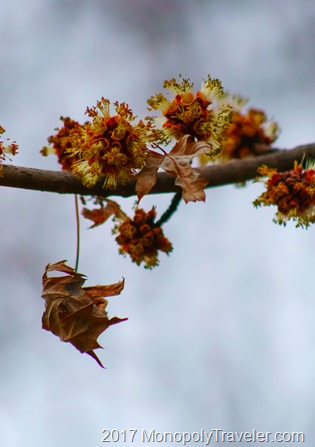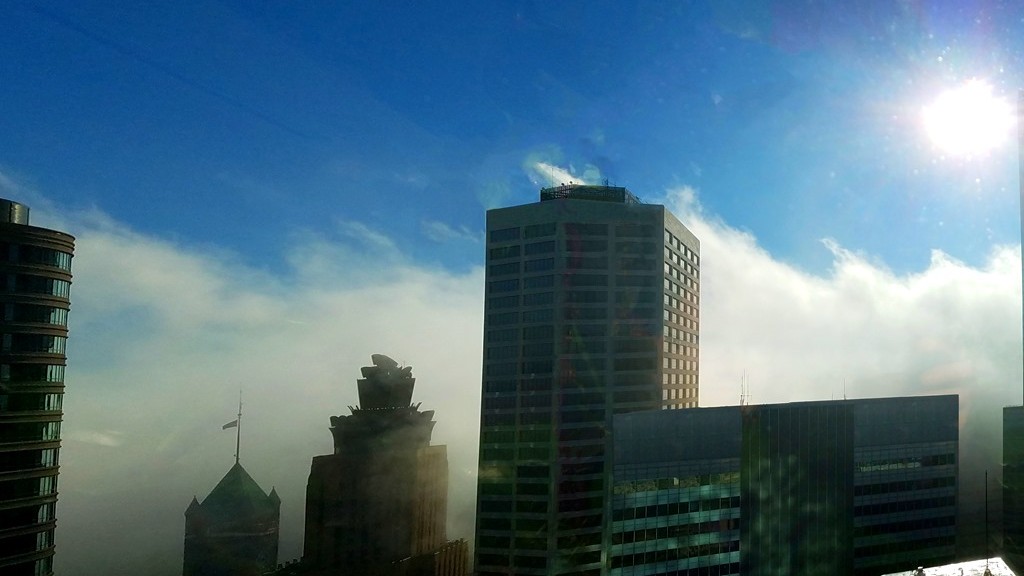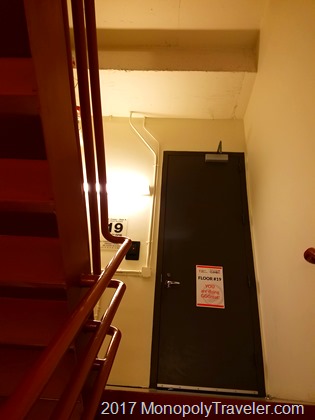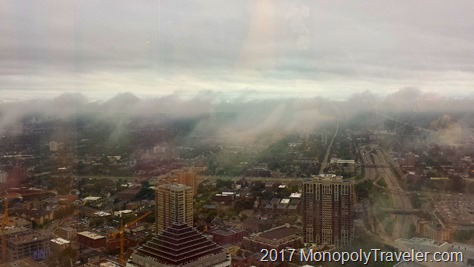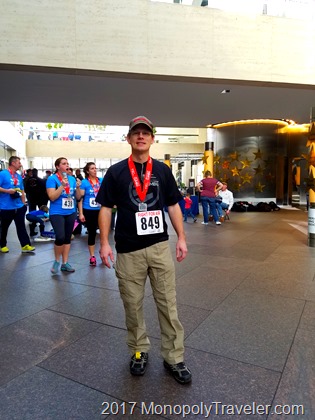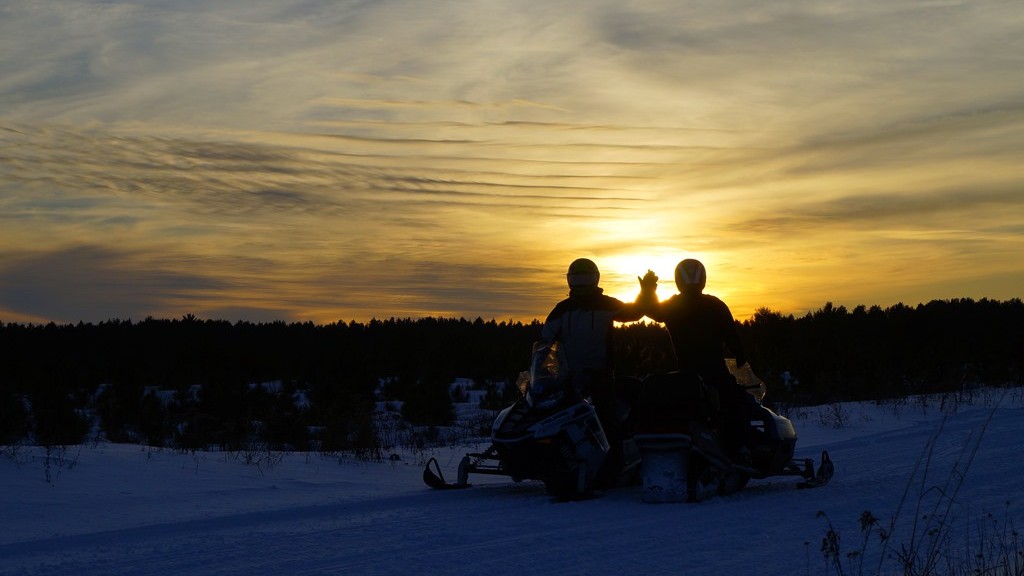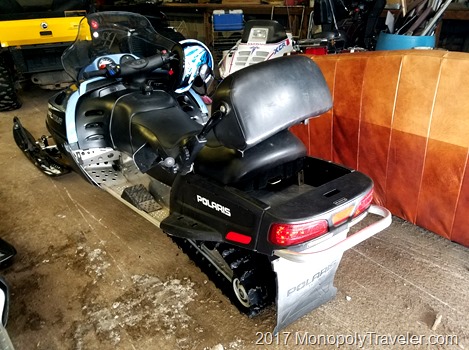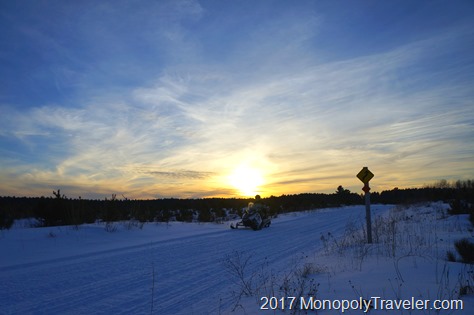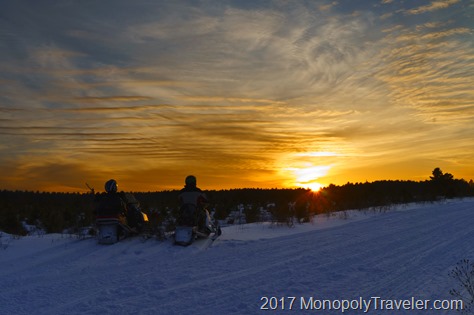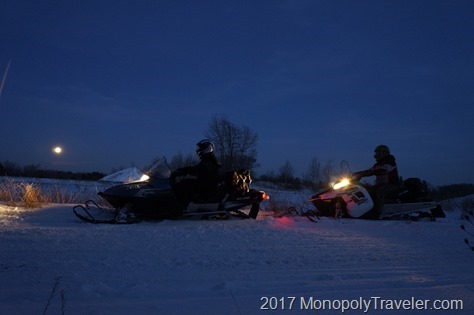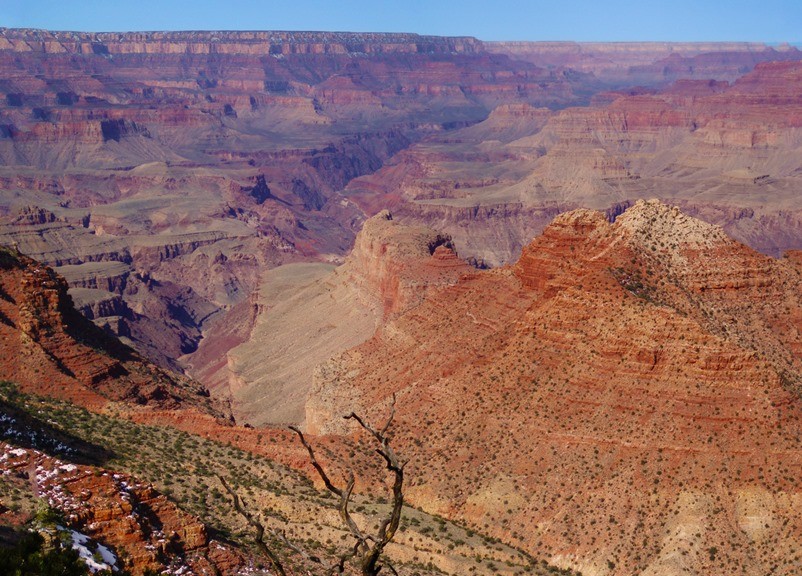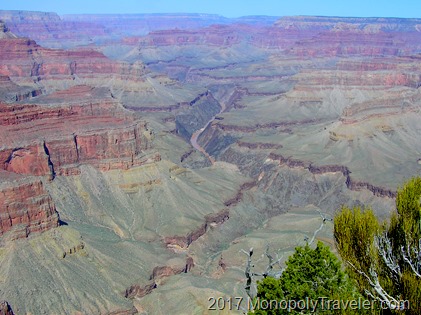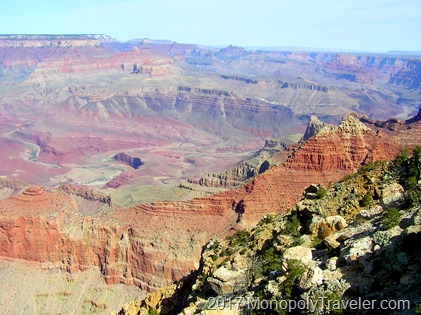This spring we had the opportunity to visit Western Kentucky which is known well for making Bourbon and horses. In a previous post I wrote about making bourbon so on this weekend of the Kentucky Derby I thought it appropriate to write about horses. One morning we stopped at a horse breeding farm in Lexington where we were treated to some very young horses which they call foals.
In the photo above, this young foal was about 3 months old in a stall with its mother. It’s really amazing to see this young horse as it continues to learn what life is all about. I could have stayed and photographed this little horse for hours and maybe even all day. Surprisingly this little horse already had a halter on which I never really thought about. Kind of like a new puppy where a collar is often times put on early in their life so they get use to it.
What is a horse adventure without actually getting on one. A short drive away, near Mammoth Cave, we found a farm offering trail rides to take advantage of through this beautiful landscape. While riding one of these horses you can feel just how powerful they are as they traverse up and down hills along with the uniqueness of each horse. Even on a hour trail ride you can see each one has a different personality which is kind of fun to watch.
Seeing a 3 month old foal was really exciting but there was another treat for us at this horse breeding farm. In the photo above we’re feeding this thoroughbred carrots but behind it you can barely see a newborn foal. It was born almost 12 hours before this and was still a little wobbly on it’s feet as it tried to walk around in its stall. Such a treat!
What is a trip to Western Kentucky exploring horses without stopping at Churchill Downs? There is a museum here that displays the history of the Kentucky Derby over the last century which is quite interesting. Along with the museum there are tours providing views of different parts of this horse track. As you go through each area you can almost feel the excitement and pageantry of the Kentucky Derby. Now when watching this on TV it brings a different perspective. It’s much more personal with increased interest.

